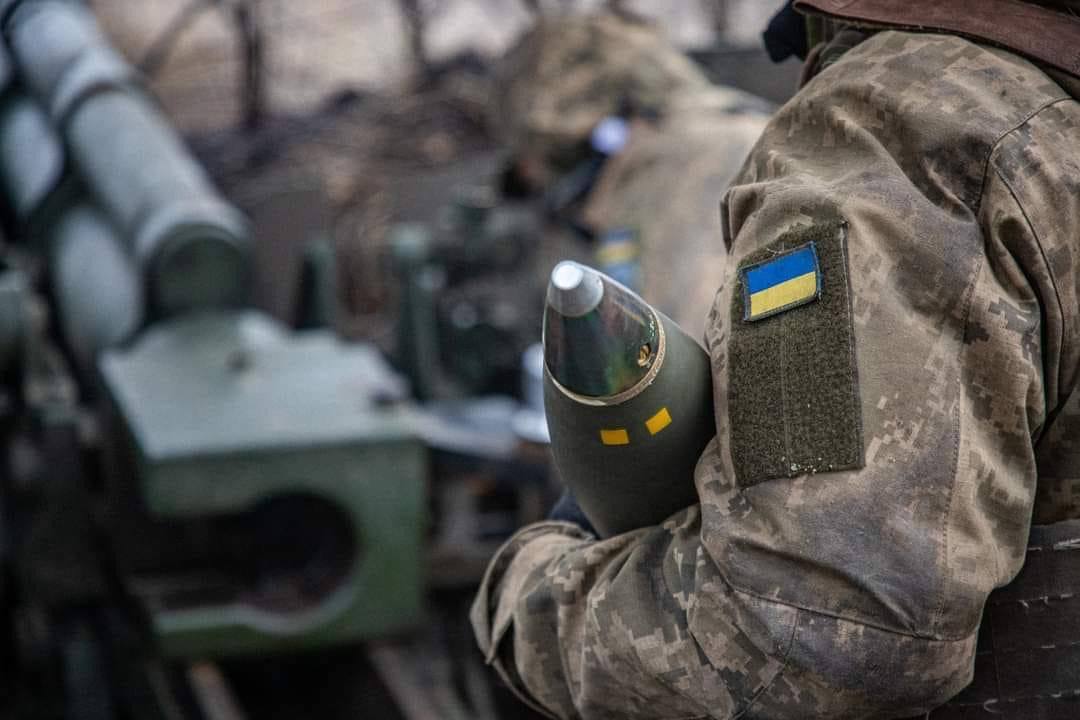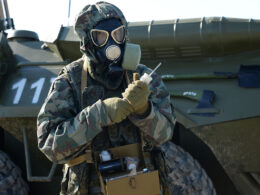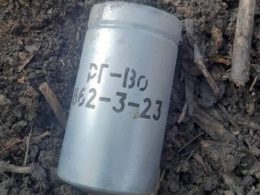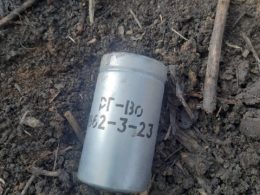Ukrainian infantry soldiers say Russia launches drones at the Ukrainian positions, which drop tear gas grenades, Reuters reports.
According to the Ukrainian military, Russia has increased its illegal use of riot control agents on the battlefield to clear trenches as it begins to advance in the eastern part of the country.
"It's like pepper spray; it makes your eyes tear up. It's not lethal, but it disturbs and knocks you out. It makes it very difficult to carry out your duties once you've inhaled it," said a Ukrainian soldier who chose to stay anonymous.
Russia uses tear gas despite being a signatory of the Chemical Weapons Convention, which bans riot control agents on the front lines.
While civilians can often escape from tear gas deployed to disperse riots or protests in urban areas, soldiers trapped in trenches without gas masks face a grim choice: flee under enemy fire or risk suffocating from the gas.
Colonel Serhii Pakhomov, acting head of the military's atomic, biological, and chemical defense forces, said Russia used K-51, VOH and RH-VO hand-grenades loaded with CS, CN, and other gases against the Ukrainian armed forces.
He informed that Kyiv has documented 900 cases of Russia's use of riot control agents in the past six months out of over 1,400 since 2022.
Pakhomov added that the number of recorded cases is likely underestimated because heavy fighting often prevents the Ukrainian military from documenting such incidents.
Earlier, the Ukrainian Army reported that Russia used toxic chloropicrin, employed as a poison gas in World War I.
Pakhomov revealed that a total of 500 Ukrainian troops needed medical assistance due to exposure to toxic substances on the battlefield, and at least one soldier died from the suffocation from tear gas.
"In addition to demoralization, the person loses physical capabilities – he can't see, he can't breathe, everything is irritated.
Yes, it is temporary, but it is the very moment the enemy can use to take over this position or another," he said.
To protect its soldiers from tear gas, the Ukrainian military distributes gas masks and conducts drills to prepare for defending positions during such attacks. Instructors emphasize that gas masks offer significant protection against most combat poisons, although prolonged exposure may affect their effectiveness.
In January, Russia's embassy in The Netherlands, home to the Organisation for the Prohibition of Chemical Weapons, stated that allegations regarding Russia's use of grenades containing CN gas rely on unconfirmed data.
An official from the organization responsible for investigating alleged chemical weapons use said that there were no requests for an investigation or technical assistance regarding the use of banned chemicals in the war by Russians.
Currently, the task of documenting each case of alleged toxic chemicals use falls to special groups within the Ukrainian military who, despite the challenges of the battlefield, collect evidence and pass it to Ukraine's security services.
Recently, The Telegraph published an investigation where reporters spoke to a number of Ukrainian soldiers and found that Russian forces are using Kh-51 grenades containing CS gas, a riot control agent (RCA) banned under the Chemical Weapons Convention.
The Telegraph: Russia uses prohibited chemical weapons in Ukraine nearly daily
CS gas can incapacitate individuals temporarily without causing permanent harm, but it can cause panic, which is easy for Russia to exploit.
Related:
Russia uses deadly chemical weapons against Ukrainian soldiers, experts confirm
Budanov: Russia set to launch Donbas offensive ahead of summer




